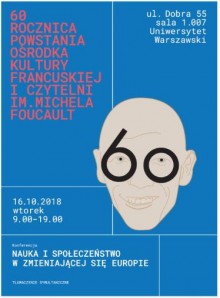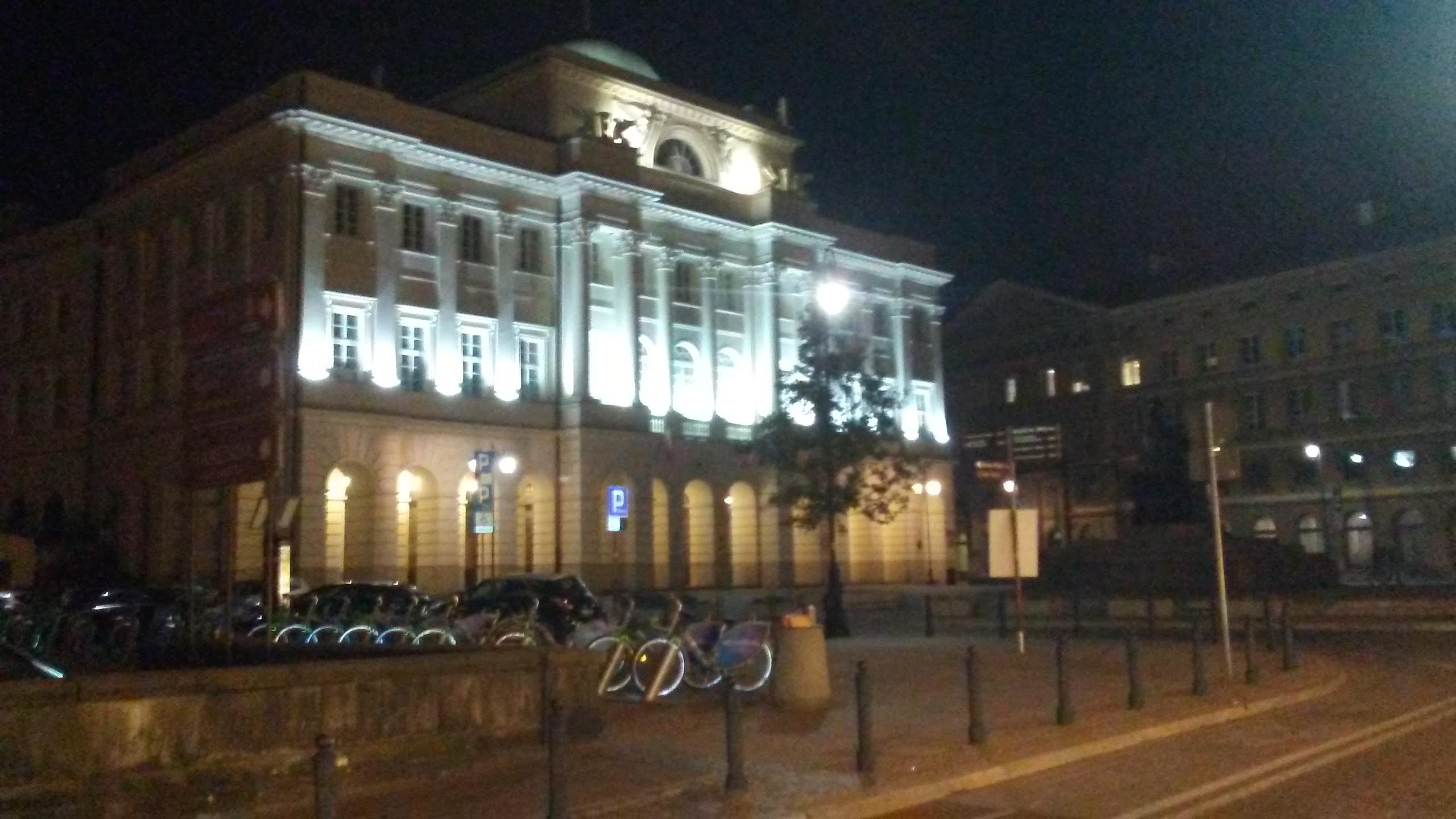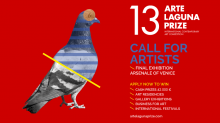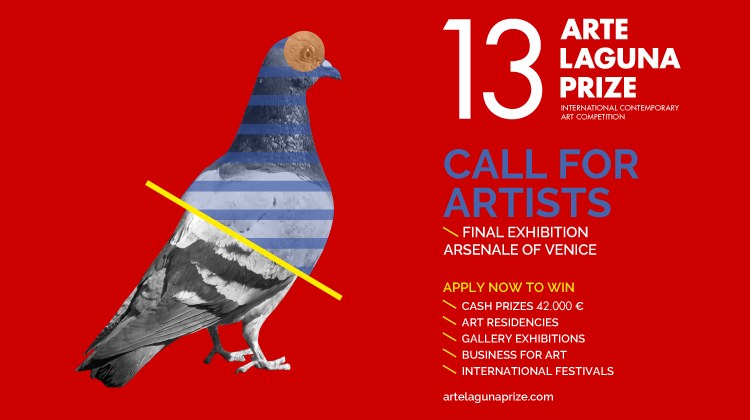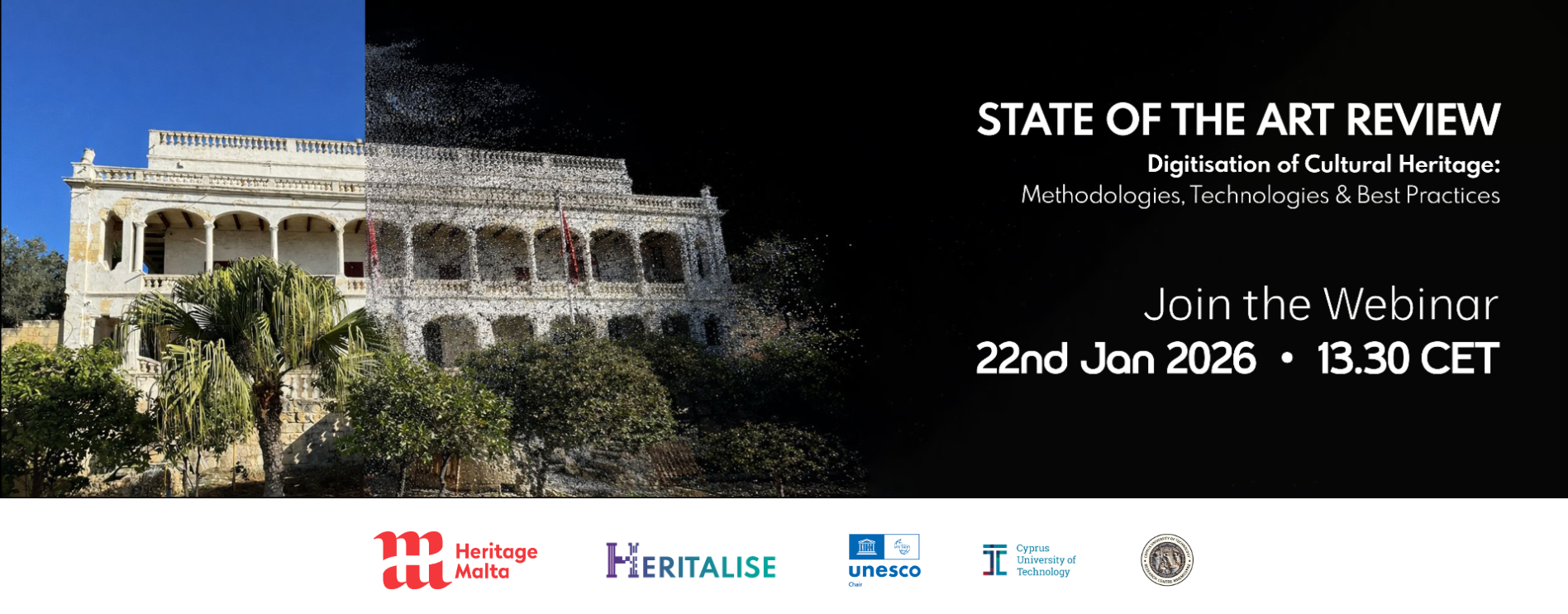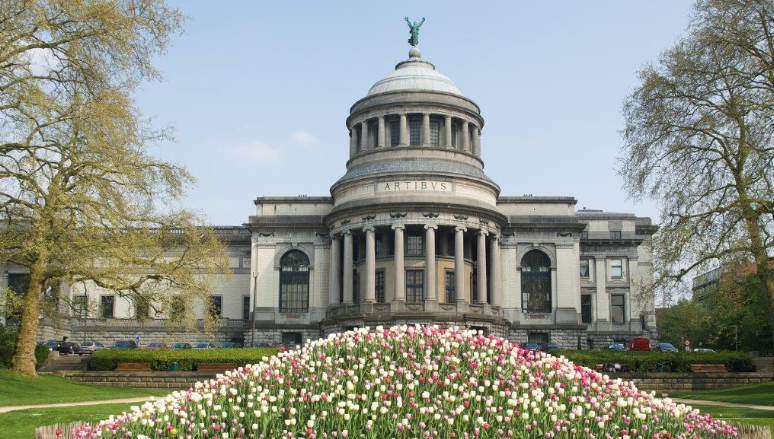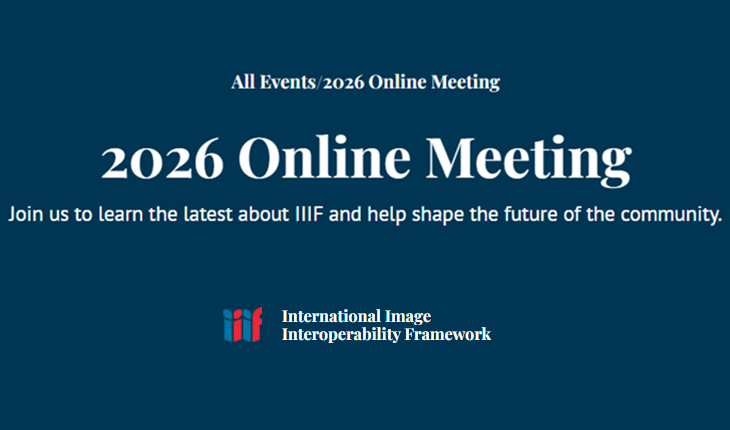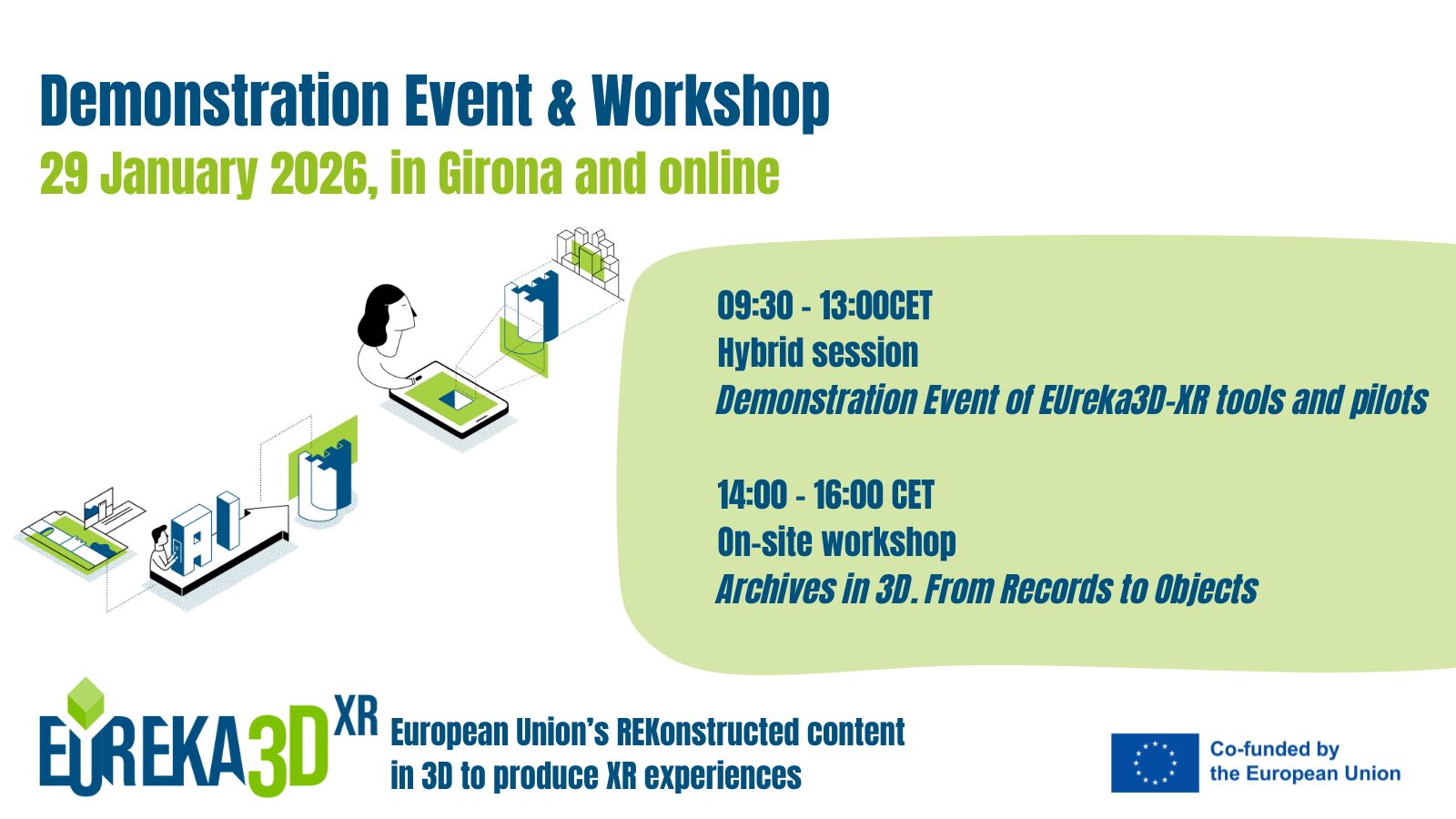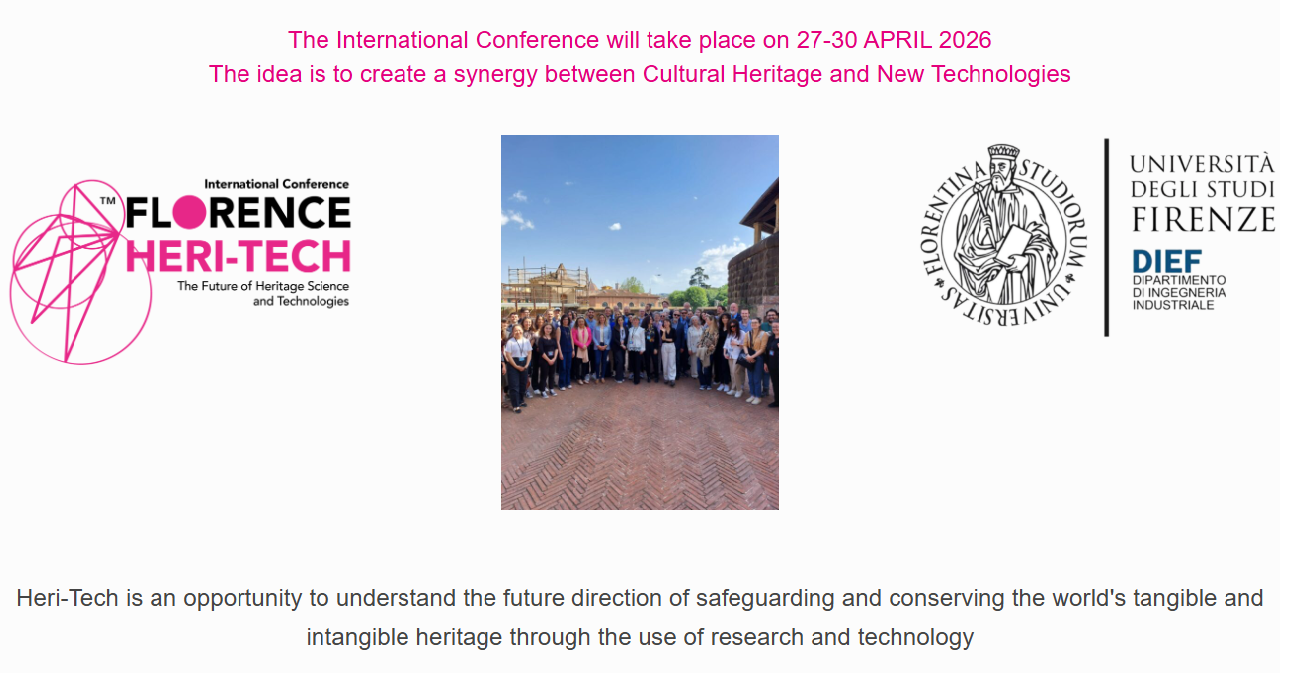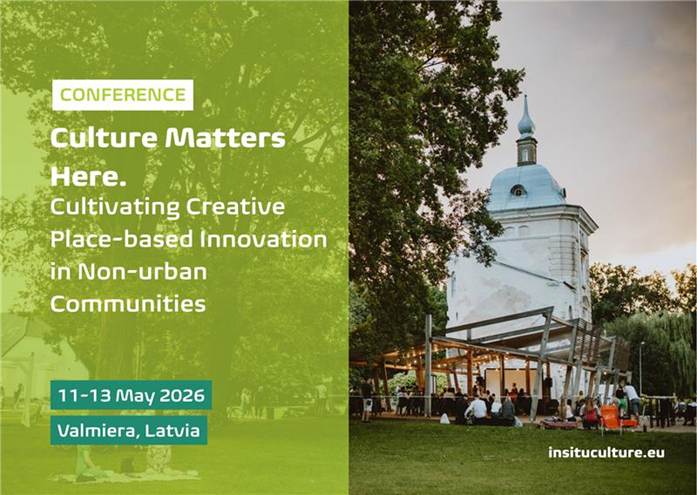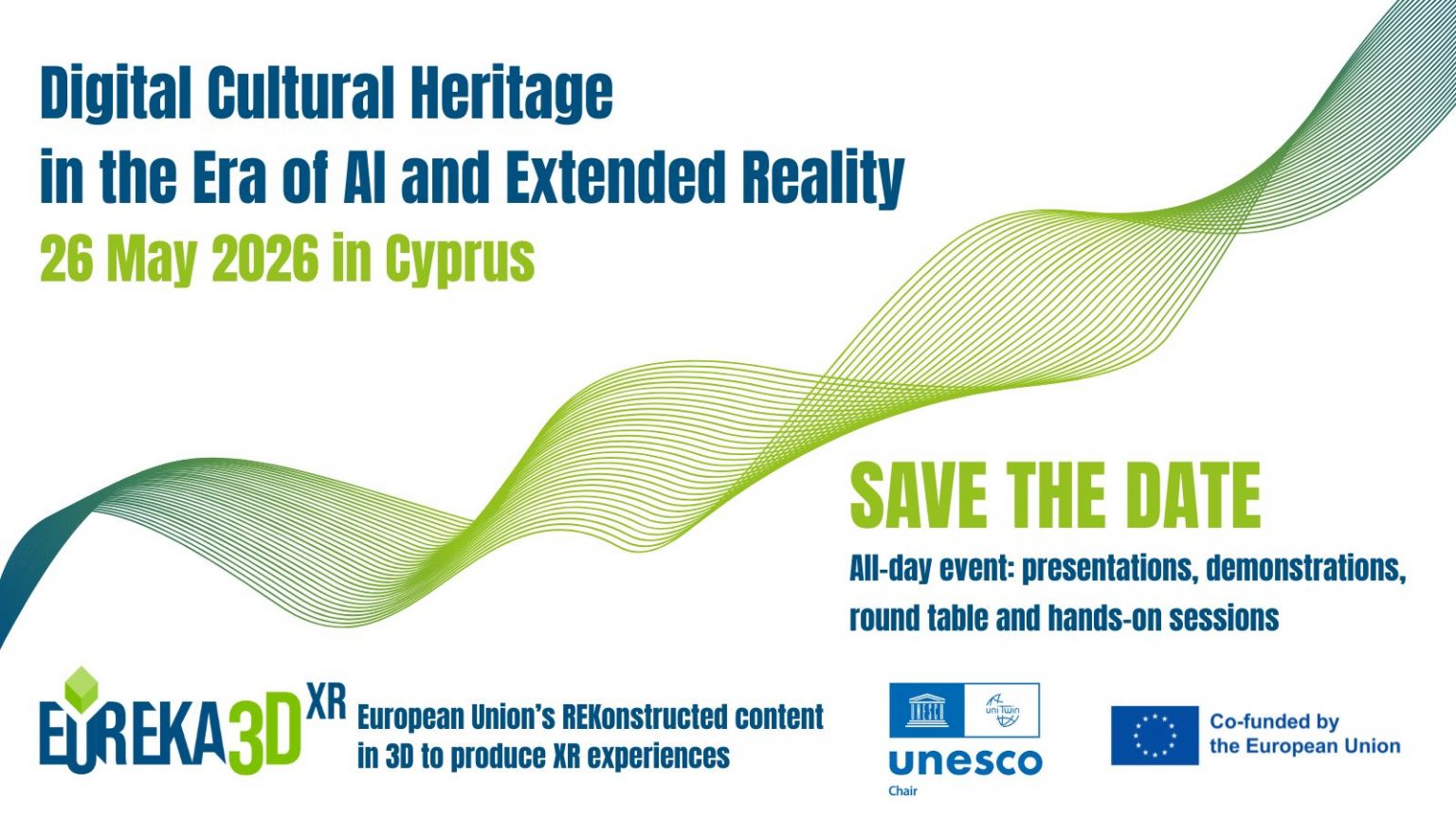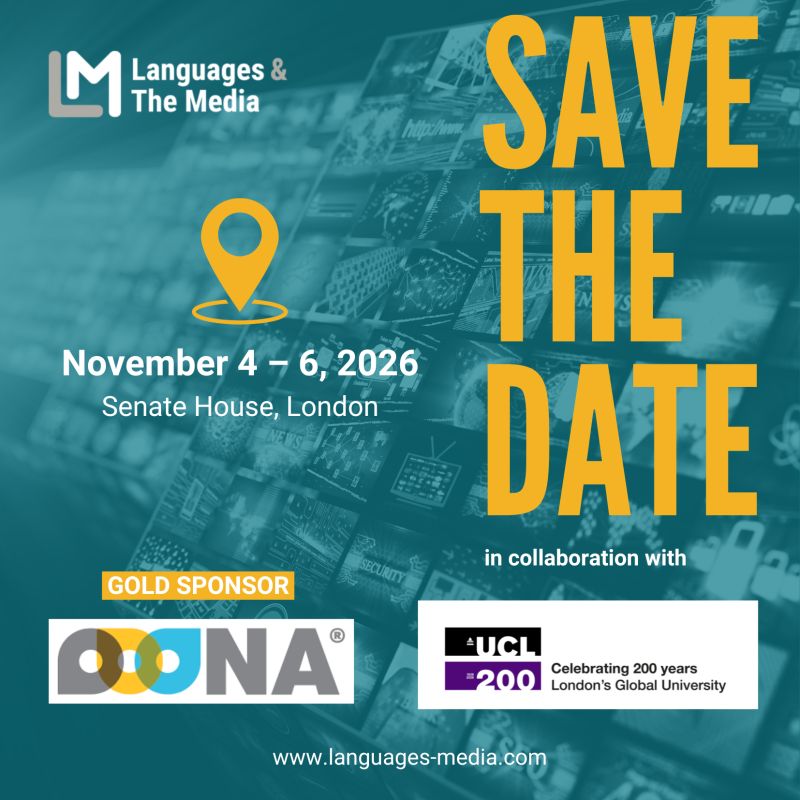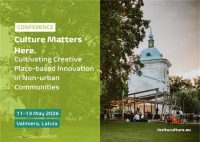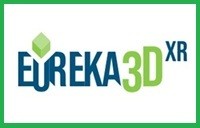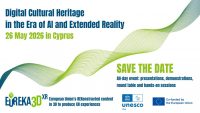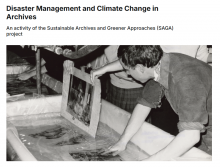Facet Publishing announce the publication of 'Digital Archives: management, use and access' edited by Milena Dobreva
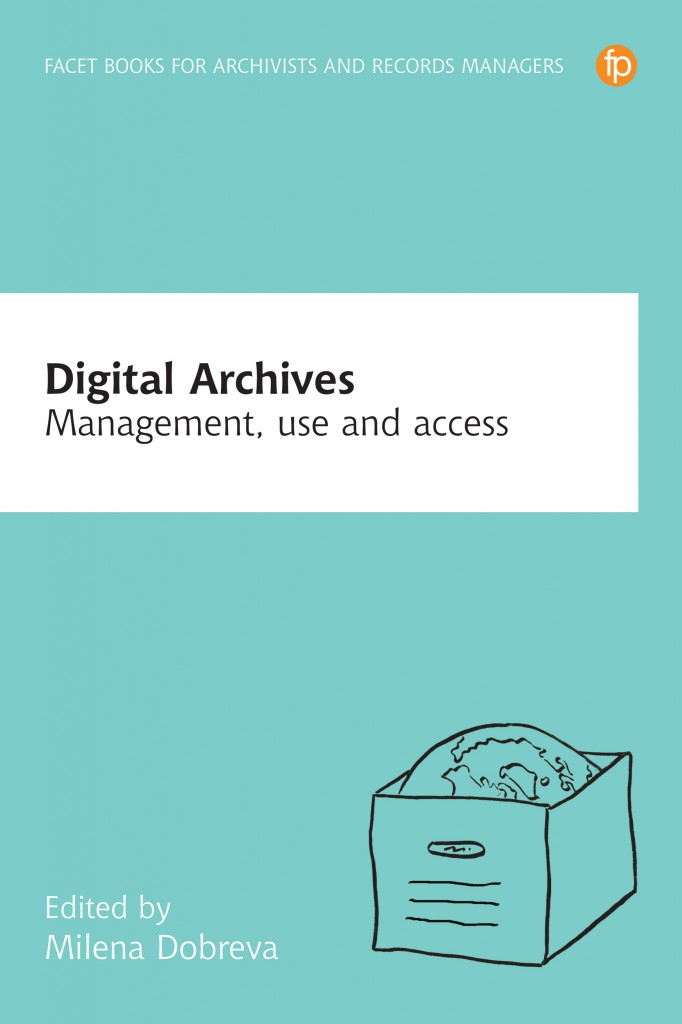 Today, accessibility to digital content is continuing to expand rapidly and all organizations which collect, preserve and provide access to the collective memory of humankind are expected to provide digital services. Does this transition into digital space require a substantial shift in the professional philosophy, knowledge and practice of archives?
Today, accessibility to digital content is continuing to expand rapidly and all organizations which collect, preserve and provide access to the collective memory of humankind are expected to provide digital services. Does this transition into digital space require a substantial shift in the professional philosophy, knowledge and practice of archives?
This edited collection attempts to explore these uncharted territories by bringing together inspirational and informative chapters from international experts to help readers understand the drivers for change and their implications for archives. Editor Milena Dobreva said, “I hope the book will broaden and deepen the thinking and dialogue between all those academics, professionals and students who are working on different aspects of the digital cultural and scientific heritage”.
The book: http://www.facetpublishing.co.uk/title.php?id=049344#.W87TXfZuLIU
Reassessment of the role of archives in the digital environment serves to develop critical approaches to current trends in the broader heritage sector, including cultural industries experimenting with sustainable business models for cultural production, digitization of analogue cultural heritage, and the related IPR issues surrounding the re-use of digital objects and data for research, education, advocacy and art.
Professor Kalpana Shankar said, “Archives and access continue to matter, perhaps more than ever. As digital material proliferates and the tools to manipulate it do so as well, what is real and what is false online become difficult to disambiguate. Human rights, scientific research and ‘wicked’ geopolitical problems (and solving them) rests on accurate and universal access to records and data, whether one is talking about the international crises of forced migration and refugees, human rights, political corruption or climate change. The work of this book is in helping us, the reader, understand how archives and archivists navigate the entanglement of technical, social, organizational and legal challenges they face daily”.
Digital Archives | October 2018 | 224pp | paperback: 9781856049344 | £69.95 | hardback: 9781783301140 | £139.95 | eBook: 9781783302406
Dr. Milena Dobreva is an Associate Professor at UCL Qatar where she is coordinating the MA in Library and Information Studies leading the introduction of four pathways in the programme including a specialisation on Archives, Records and Data Management. Previously she served as a Head of the Department of Library Information and Archive Sciences at the University of Malta spearheading the redesign and expansion of the departmental portfolio, and as the Founding Head of the first Digitisation Centre in Bulgaria where she was also a member on the Executive Board of the National Commission of UNESCO. Milena is a member of the editorial board of the IFLA Journal, and of the International Journal on Digital Libraries (IJDL) and is the co-editor of User Studies for Digital Library Development (Facet, 2012).
Contributors
Carla Basili, Italian National Research Council and Sapienza University;
Pierluigi Feliciati, University of Macerata; Edel Jennings, Waterford Institute of Technology; Enrico Natale, University of Basel; Gillian Oliver, Monash University;
Elli Papadopoulou, European Open Science Cloud pilot project; Oleksandr Pastukhov, University of Malta; Guy Pessach, Hebrew University, Jerusalem; Trudy Huskamp Peterson, archival consultant and certified archivist; Panayiota Polydoratou, Alexander Technological Educational Institute (ATEI) of Thessaloniki;
Kalpana Shankar, University College Dublin; Sotirios Sismanis, information professional; Donald Tabone, Middlesex University, Malta.
The book is published by Facet Publishing and is available to pre-order from Bookpoint Ltd | Tel: +44 (0)1235 827702 | Fax: +44 (0)1235 827703 | Email: facet@bookpoint.co.uk | Web: www.facetpublishing.co.uk. | Mailing Address: Mail Order Dept, 39 Milton Park, Abingdon, Oxon OX14 4TD. It will be available in North America from the American Library Association.
 The community is above all focused on the practical aspects of digital preservation; while it discusses standards, it is not a standards-setting organization. Theory, research and policy discussions are also relevant, to the degree that they have a direct and tangible impact on current digital preservation practice. The PASIG Forum is a place to share practical experiences, successes, pain points, and, increasingly, a forum for fostering coordination and collaboration to enable the most effective use of our resources. To cross-pollinate global ideas and practice, PASIG events typically alternate between eastern and western hemispheres and are held roughly every 9-12 months at volunteer host institutions. The 2019 edition of the PASIG Forum will be held in Mexico City on 12-14 February 2019. Registration is now open! Program: http://pasig2019.colmex.mx/program/
The community is above all focused on the practical aspects of digital preservation; while it discusses standards, it is not a standards-setting organization. Theory, research and policy discussions are also relevant, to the degree that they have a direct and tangible impact on current digital preservation practice. The PASIG Forum is a place to share practical experiences, successes, pain points, and, increasingly, a forum for fostering coordination and collaboration to enable the most effective use of our resources. To cross-pollinate global ideas and practice, PASIG events typically alternate between eastern and western hemispheres and are held roughly every 9-12 months at volunteer host institutions. The 2019 edition of the PASIG Forum will be held in Mexico City on 12-14 February 2019. Registration is now open! Program: http://pasig2019.colmex.mx/program/





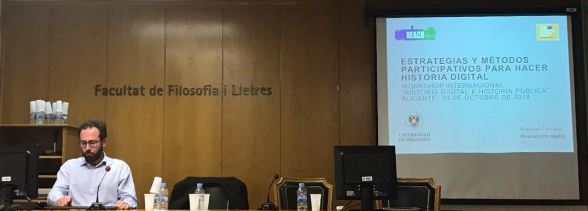
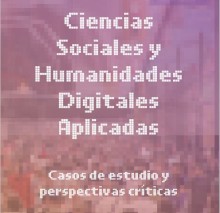
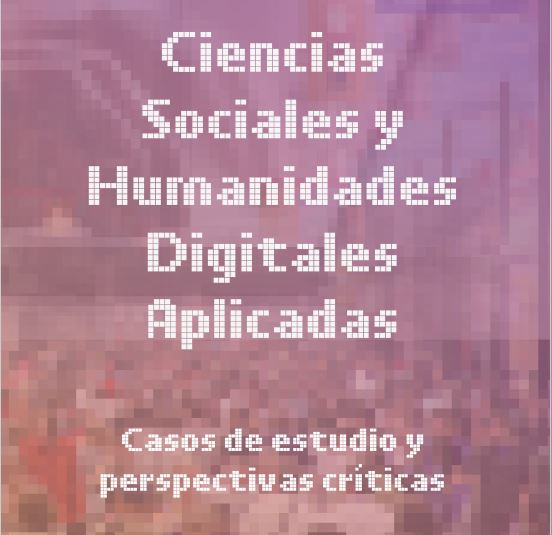
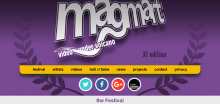
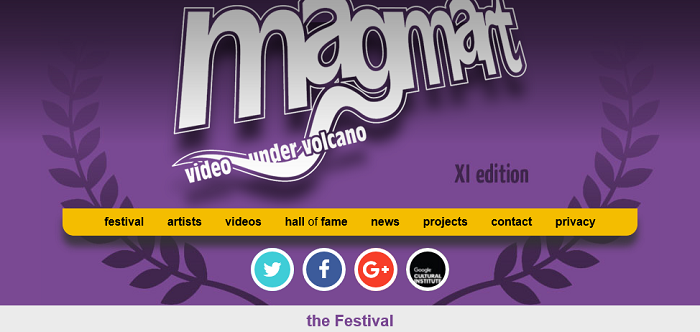

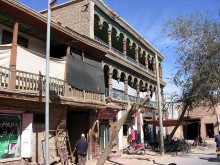
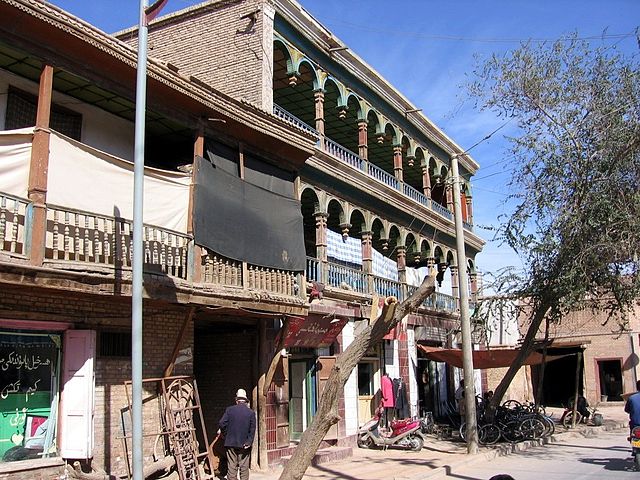 “Decoding Kashgar: A Digital Design Approach to Steer and Diversify Creative Engagement in Digital Heritage.” is the title of a PhD thesis by Serdar Aydin at the Victoria University of Wellington.
“Decoding Kashgar: A Digital Design Approach to Steer and Diversify Creative Engagement in Digital Heritage.” is the title of a PhD thesis by Serdar Aydin at the Victoria University of Wellington.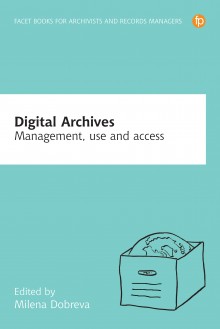
 Today, accessibility to digital content is continuing to expand rapidly and all organizations which collect, preserve and provide access to the collective memory of humankind are expected to provide digital services. Does this transition into digital space require a substantial shift in the professional philosophy, knowledge and practice of archives?
Today, accessibility to digital content is continuing to expand rapidly and all organizations which collect, preserve and provide access to the collective memory of humankind are expected to provide digital services. Does this transition into digital space require a substantial shift in the professional philosophy, knowledge and practice of archives?